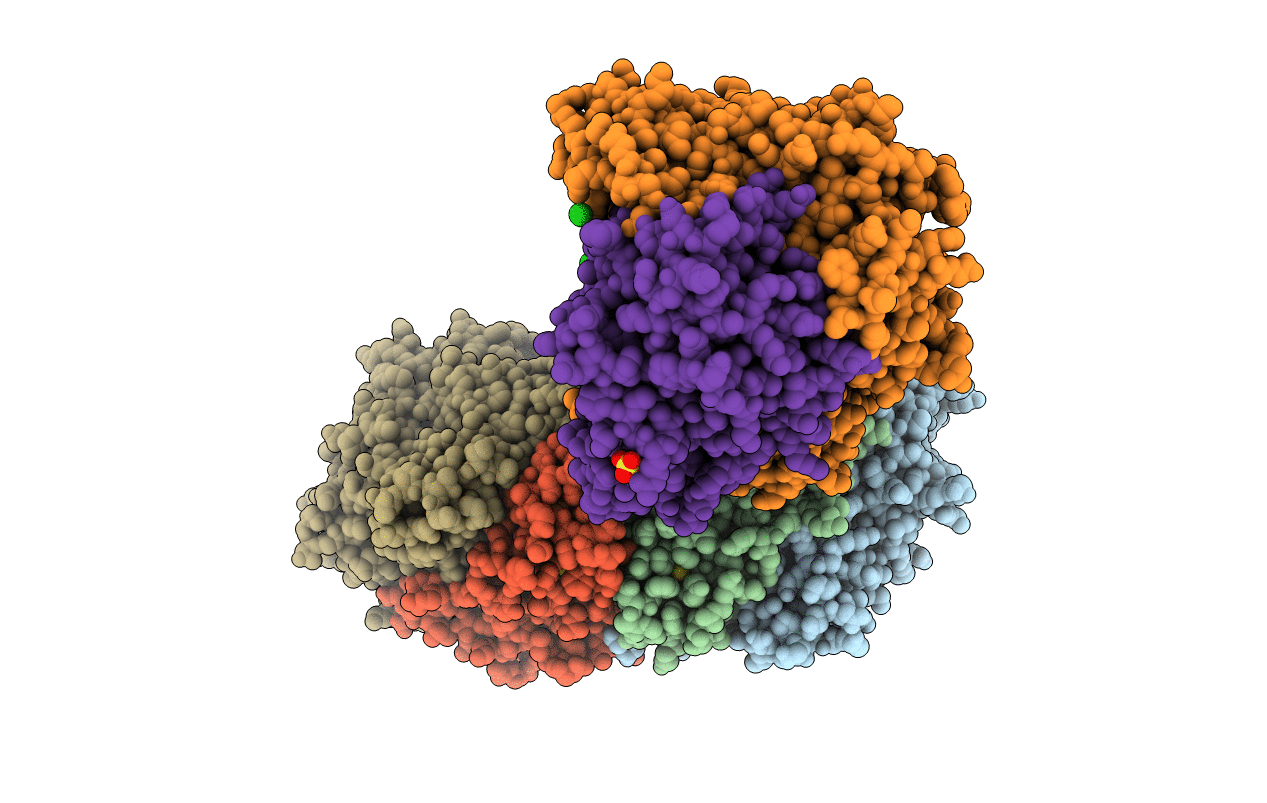
Deposition Date
2013-08-26
Release Date
2014-01-29
Last Version Date
2024-11-13
Entry Detail
PDB ID:
4C3O
Keywords:
Title:
Structure and function of an oxygen tolerant NiFe hydrogenase from Salmonella
Biological Source:
Source Organism:
Host Organism:
Method Details:
Experimental Method:
Resolution:
3.20 Å
R-Value Free:
0.20
R-Value Work:
0.15
R-Value Observed:
0.16
Space Group:
I 1 2 1


